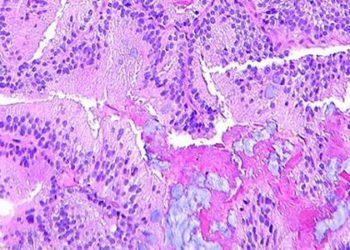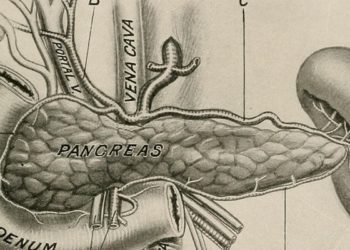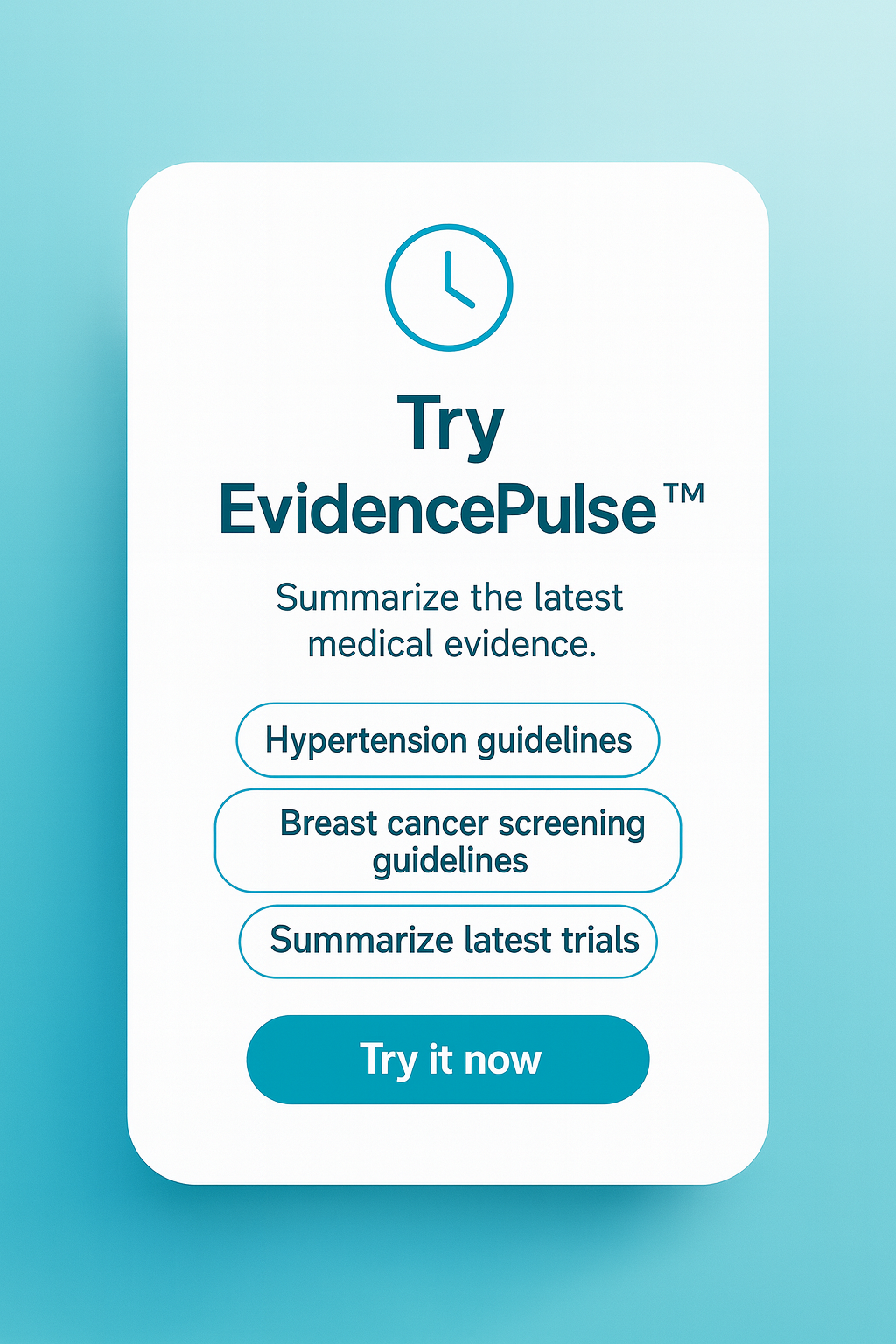Increased breast cancer mortality observed in black women in the United States
1. In this retrospective study conducted in the United States, Black women were found to have a higher 5-year breast cancer mortality rate than White women.
2. Black women in the most prosperous quartile had similar 5-year breast cancer mortality rates when compared to White women in the poorest quartile.
Evidence Rating Level: 2 (Good)
Breast cancer is one of the most common cancers in women and is the second leading cause of cancer-related death in women, only exceeded by lung cancer. The incidence of breast cancer is highest in white women, yet black women experience mortality at a higher rate, a statistic that has persisted despite overall decline in breast cancer mortality. Previous studies have identified biological and socioeconomic factors to explain this discrepancy between different ethnicities; but Hispanic women have been found to have better survival outcomes than white women, who have a higher socioeconomic status. Thus, the aim of this study is to better characterize the impact of race/ethnicity and socioeconomic status on breast cancer mortality in the United States. Data was used from the Surveillance, Epidemiology, and End Results (SSER-18) Program, which covers approximately 28% of the United States population with data from multiple states. Included were female patients with their first primary breast carcinoma diagnosis between 2007 and 2011, who were followed for five years. Demographic data, tumour characteristics, and treatment details were recorded. With respect to socioeconomic status, a ‘prosperity index’ was created, which grouped patients into quartiles, such that the first quartile represents the poorest patients, and the fourth quartile was the most prosperous patients. The primary outcome was 5-year cancer specific survival from diagnosis. In total, 286,520 women were included in the analysis, with 70.1% white women, 10.2% Hispanic women, 11% black women, and the remaining 8.7% of women defined as another race. 71.4% of patients had private insurance or Medicaid, and 75.9% of patients had mastectomy or breast conserving surgery with radiation as the first course of treatment. 49.5% of patients had localized disease at the time of diagnosis. Overall, the 5-year cancer survival rate was 91%. Between white patients and black patients, white patients had a significantly higher 5-year cancer survival rate than black patients (P<.001). With respect to baseline characteristics, white patients were more likely to have private insurance than other races, black patients were less likely to have hormone receptor positive disease, and black patients were more likely to present with metastatic disease. Within each ethnicity, the 5-year survival rate improved as each socioeconomic status quartile became more prosperous. However, black patients had the worst 5-year cancer survival rate at each socioeconomic status quartile. When adjusted for demographics, tumour characteristics, and treatment, black patients in the lowest, second lowest, and third lowest socioeconomic status were found to have a higher risk of 5-year cancer-specific mortality than white patients in the lowest quartile (P<.001). Black patients only in the most prosperous socioeconomic quartile achieved a survival rate that was not significantly difference than white patients in the lowest socioeconomic quartile (P=.211). Thus, the findings of this study suggest that black women have higher 5-year cancer-specific mortality than white women overall, and only the most prosperous quartile of black women have similar mortality rates to the poorest quartile of white women. A major limitation of this study is that patient mortality is not controlled for biological tumour characteristics; future studies that study mortality with controlled biological characteristics would be able to better characterize treatment differences between different ethnicities. This study serves as an important step towards addressing the socioeconomic and racial discrepancies in breast cancer treatment and diagnosis.
Click to read the study in the American Journal of Surgery
Image: PD
©2022 2 Minute Medicine, Inc. All rights reserved. No works may be reproduced without expressed written consent from 2 Minute Medicine, Inc. Inquire about licensing here. No article should be construed as medical advice and is not intended as such by the authors or by 2 Minute Medicine, Inc.








